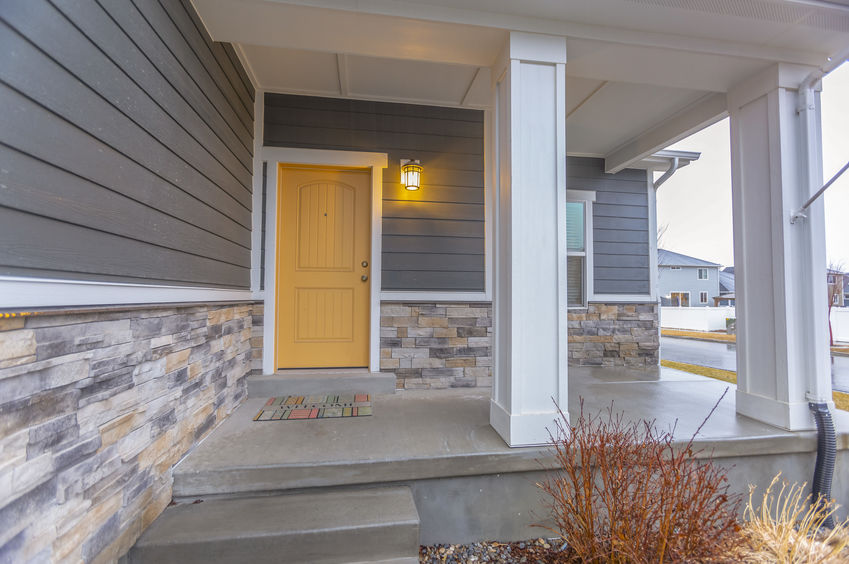In the world of construction and interior design, hard wall plaster is a term that often goes unnoticed. However, its importance in creating durable and aesthetically pleasing walls cannot be overstated. This article aims to delve into the intricacies of hard wall plaster, its application, benefits, and the latest trends in the industry.
Understanding Hard Wall Plaster
Hard wall plaster, also known as gypsum plaster, is a type of plastering material primarily made from gypsum, a naturally occurring mineral. It is mixed with water to form a paste that hardens as it dries, creating a smooth, hard surface on walls and ceilings.
Benefits of Hard Wall Plaster
Hard wall plaster offers several advantages over traditional plastering materials. It provides a high-quality finish, with a smooth and hard surface that is ideal for painting or wallpapering. It is also resistant to damage from knocks and bumps, making it a durable choice for high-traffic areas. Additionally, hard wall plaster is fire-resistant, providing an extra layer of safety in homes and commercial buildings.
Application of Hard Wall Plaster
The application of hard wall plaster requires a certain level of skill and expertise. The process involves applying a base coat to the wall, followed by a second, finishing coat. The plaster must be mixed to the right consistency and applied evenly to ensure a smooth, level surface. Once the plaster has dried, it can be sanded and painted or wallpapered as desired.
Latest Trends in Hard Wall Plaster
In recent years, the use of hard wall plaster has seen a resurgence, particularly in the field of interior design. Designers are increasingly using hard wall plaster to create textured walls and ceilings, adding depth and interest to interior spaces. Additionally, the development of eco-friendly hard wall plasters, made from recycled materials, is a promising trend in the industry.
Conclusion
In conclusion, hard wall plaster is a versatile and durable plastering material that offers numerous benefits. Its application requires skill and expertise, but the result is a high-quality, smooth surface that is ideal for painting or wallpapering. With the latest trends in hard wall plaster, it is clear that this material will continue to play a crucial role in the construction and interior design industries.



